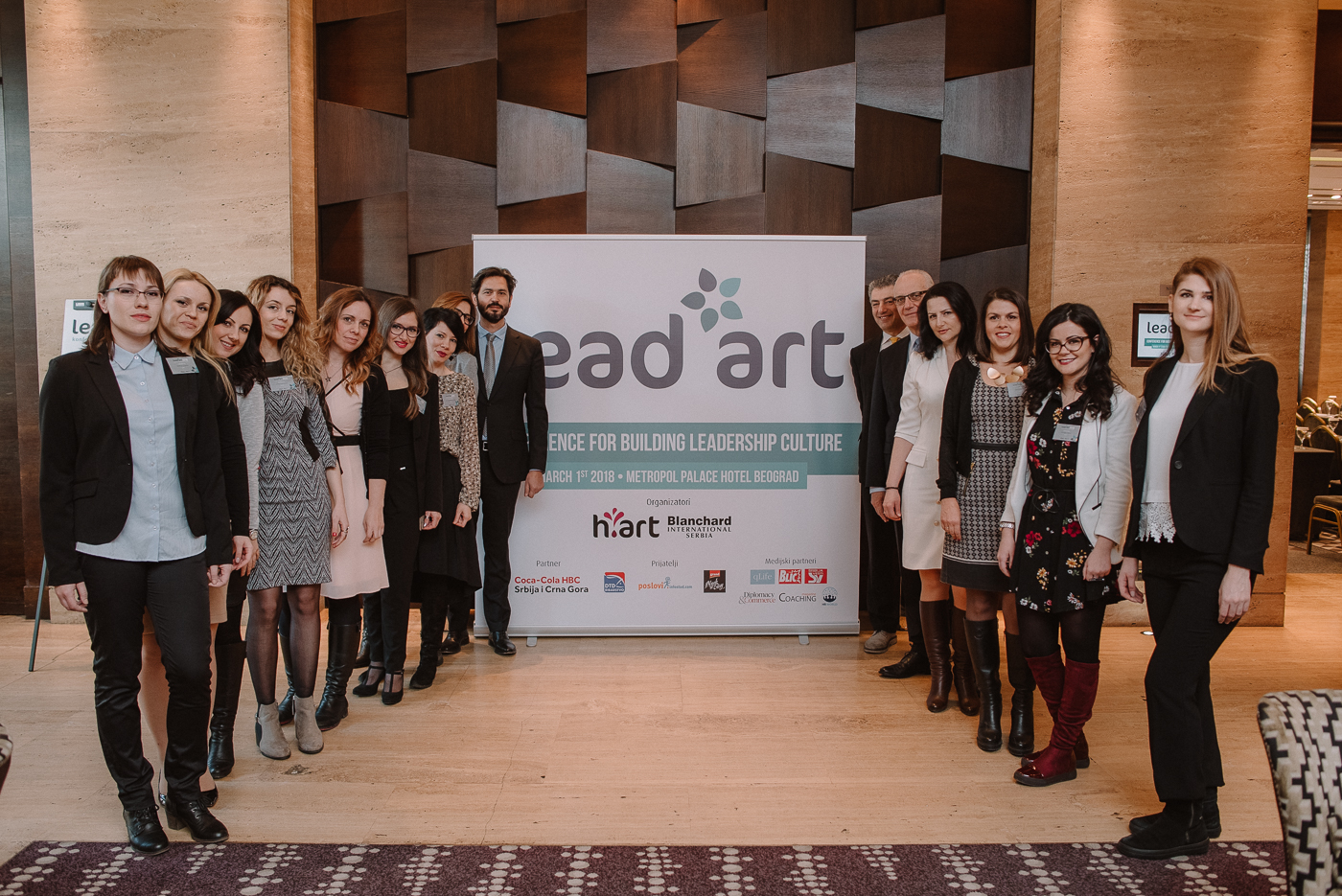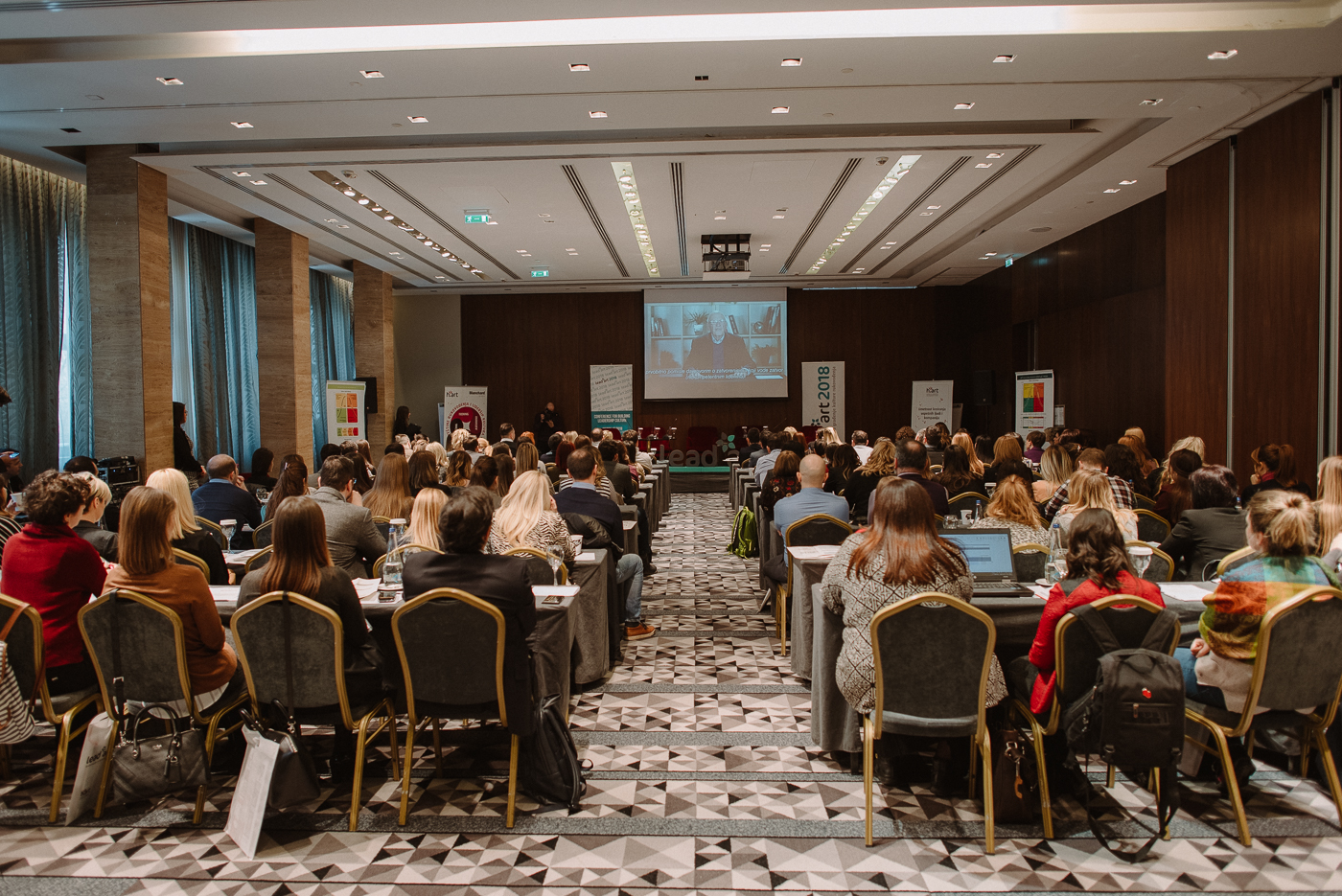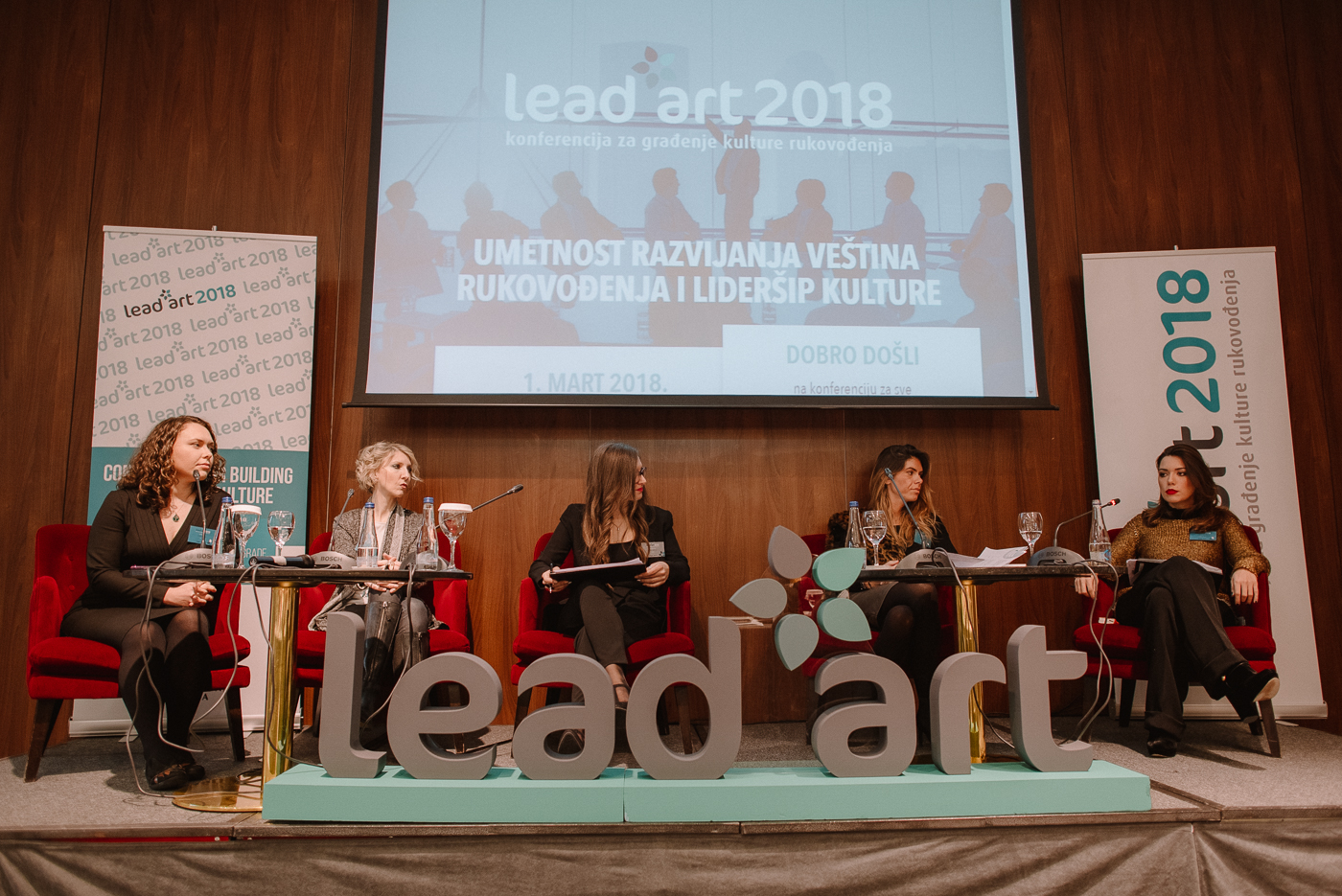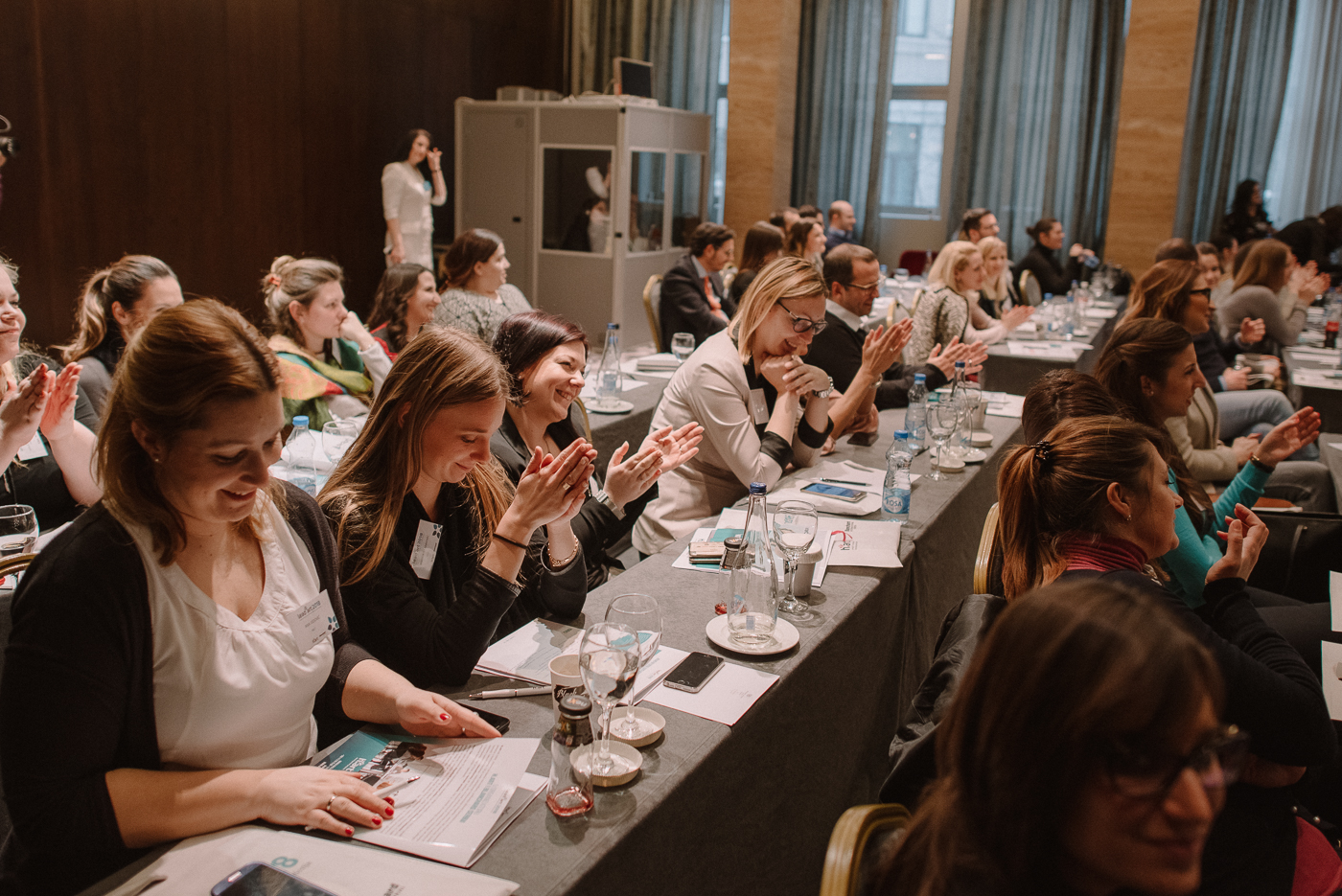Lead.art 2018, conference for building leadership culture, held on March 1st, was visited by 140 people. The goal of the conference was to give insights on different ways of building healthy leadership culture in organisations, regardless the nature of their business.

Participants, who were mainly HRs, development specialists and managers, were actively engaged and interested until the very end of the conference.
Methodology was mixture of sessions, lectures, workshops and panel discussions with the topics mainly in the field of leadership, management and HR. Some of the speakers were presenting their experiences with development projects, together with the challenges they were facing through that process. During the whole conference day, there were discussions about the current leadership trends and how to implement new globally recognized models into organizations from our region.

The conference began with the question of the role of HR in building leaders. Also, the participants had the opportunity to find out whether the throwing into the deep end is healthy or not. Long ago Ken Blanchard came to the conclusion that the manager should choose the method of assigning the task depending on the level of readiness of the employee to do the task individually. Even managers who are aware of this, make mistakes by slipping in over or under-supervision. Usually, they are overly concerned with the tasks of the employee and when they know how to finish them they do, or in turn, they leave the tasks to a person who is not skilled for the task without providing support or input. In both cases, the consequences are – both for motivation of employees, for the quality of the work done, and for the time consuming.

The other insight that the conference has presented is the fact that coaching is not the most appropriate approach in all situations of leadership or development of people. Besides that, there were mentions on why delegating is necessary and what irrational beliefs can be related to it. “Servant leadership” gave the answer to the question: Who is there for who and who works for whom: subordinate to superiors or superior to subordinates?
The conference showed that building trust is the foundation of the relationship between leaders and team members. On the panel discussion “Leading leaders is the same as leading individual contributors, or maybe it is not?” participants had the opportunity to hear the specifics of the “Leadership pipeline” model.
One of the most contemporary concepts in the field of motivation, “Optimal motivation” model that Suzan Flower created, revealed that it is possible in a very simple way to influence the most important factors of each company – the employees.
This conference gave us awareness on how many people are interested in building better leadership culture and how that kind of community grows every day.

